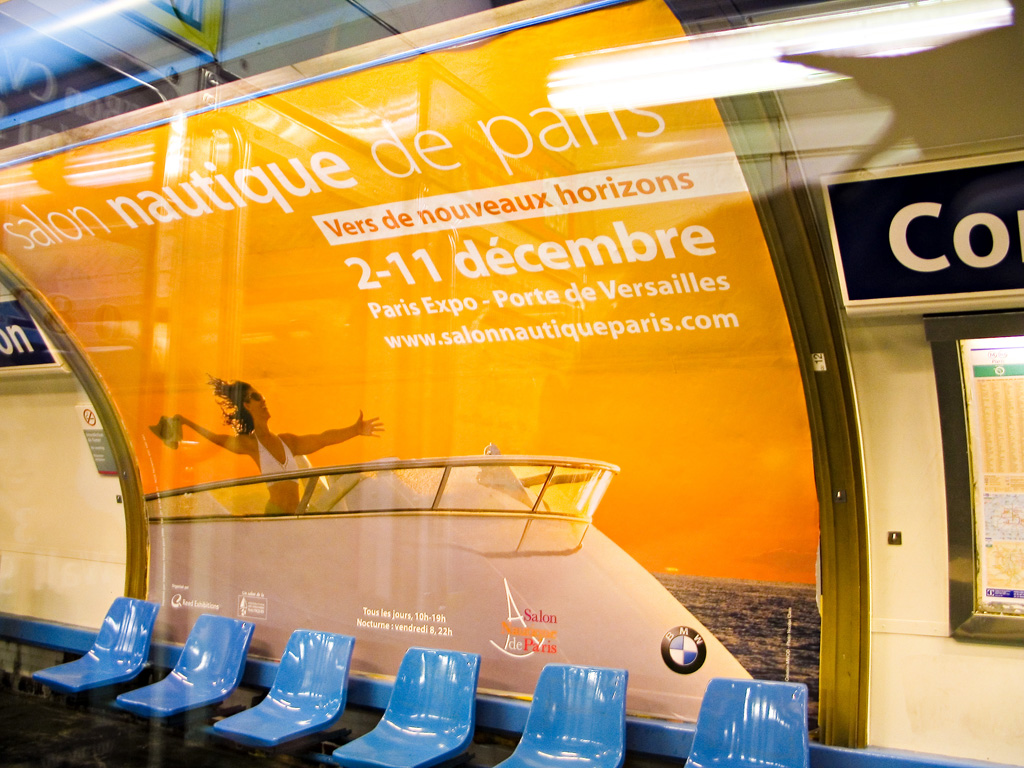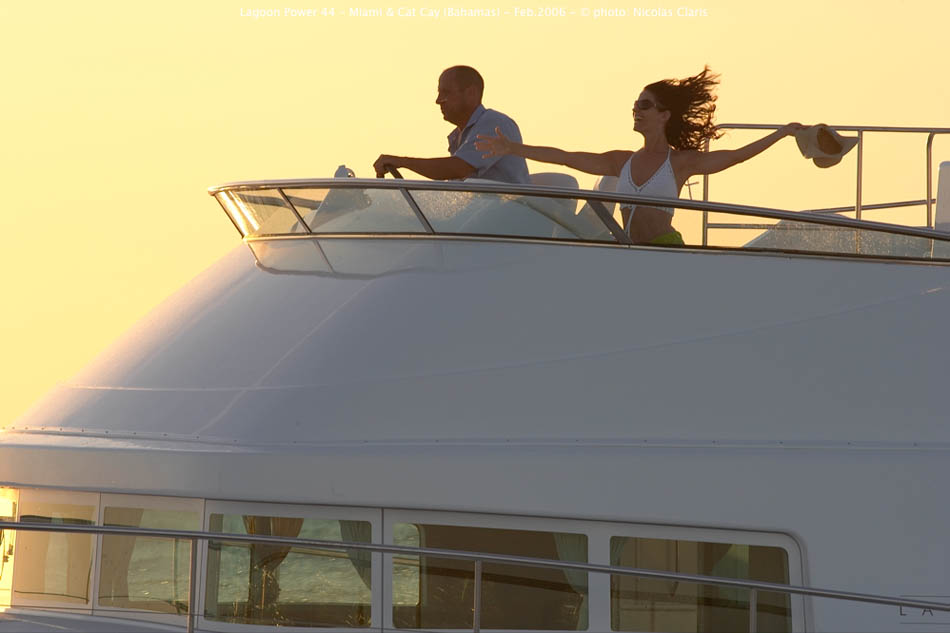Tim Ashley
Moderator
It's an interesting question Mike. I've been working almost simultaneously on two series, one of which is B&W and printed at 30" wide and the other of which is colour and printed at 5x7.
The creative reasons for this are varied and would be hard to describe but there are some interesting side effects. I've had to plan the captures as far as possible for the large print series so as to ensure that I have a big enough file to get the enlargement looking good (by which I mean, not obviously small sensor drawing, which would have been a different but equally valid creative decision) whereas for the 'small' series, which is a much longer term project and might require me to take a shot anywhere at any time, I have to be sure that whatever camera I have with me, and whatever the light, I can make a decent print. Which means small, as the lowest common denominator between all the cameras I use.
But it has led me to feel that some shots are so well-planned or distantly travelled to that they deserve to be captured at the maximum quality possible 'just in case'.
This has led to me taking a 4x5 field camera with me whenever I am anticipating or planning anything special. It doesn't always work because I can't always have every focal length for every camera with me and it is much more my style to travel light. But it assuages a nagging feeling that if I'm driving 150 miles for the shot I should do it justice!
The other thing I've had to learn is the dark art of making large prints: the choices of sharpening and proofing and profiles and papers seem much more important for very large prints, and worth learning new tricks for.
Another lesson has been that some small cameras can make huge prints, if the exposure and the subject are right. I have 30" wide shots from the Sigma DP1 and the Ricoh GRDII which are more than acceptable, though you do need a certain amount of favorable headwind...
In the end, to use a Sean-ism, it's about the drawing. A good 30" print from the smaller kit can impress but it is different in nature to that from a 20+mp or large format camera, as you would expect.
Then there's the whole question of what goes on from the viewers' point of view rather than the photographers'. I went to an exhibit at the V&A last year where some prints were up to 70" wide and had been shot on 10x8. They were hung in very tight spaces so you absolutely could not step back to view them from the distance of their own diagonals, which is the old rule of thumb. This was clearly intended to force the viewer to appreciate the amount of detail in the print but it did impress on me the fact that unless the creative effect you want is less detail or small sensor drawing, you can never have too much resolution or detail because folk will often press their noses close up.
I'd be really interested to hear of other peoples' experiences and rationales for choosing print sizes.
Best
Tim
The creative reasons for this are varied and would be hard to describe but there are some interesting side effects. I've had to plan the captures as far as possible for the large print series so as to ensure that I have a big enough file to get the enlargement looking good (by which I mean, not obviously small sensor drawing, which would have been a different but equally valid creative decision) whereas for the 'small' series, which is a much longer term project and might require me to take a shot anywhere at any time, I have to be sure that whatever camera I have with me, and whatever the light, I can make a decent print. Which means small, as the lowest common denominator between all the cameras I use.
But it has led me to feel that some shots are so well-planned or distantly travelled to that they deserve to be captured at the maximum quality possible 'just in case'.
This has led to me taking a 4x5 field camera with me whenever I am anticipating or planning anything special. It doesn't always work because I can't always have every focal length for every camera with me and it is much more my style to travel light. But it assuages a nagging feeling that if I'm driving 150 miles for the shot I should do it justice!
The other thing I've had to learn is the dark art of making large prints: the choices of sharpening and proofing and profiles and papers seem much more important for very large prints, and worth learning new tricks for.
Another lesson has been that some small cameras can make huge prints, if the exposure and the subject are right. I have 30" wide shots from the Sigma DP1 and the Ricoh GRDII which are more than acceptable, though you do need a certain amount of favorable headwind...
In the end, to use a Sean-ism, it's about the drawing. A good 30" print from the smaller kit can impress but it is different in nature to that from a 20+mp or large format camera, as you would expect.
Then there's the whole question of what goes on from the viewers' point of view rather than the photographers'. I went to an exhibit at the V&A last year where some prints were up to 70" wide and had been shot on 10x8. They were hung in very tight spaces so you absolutely could not step back to view them from the distance of their own diagonals, which is the old rule of thumb. This was clearly intended to force the viewer to appreciate the amount of detail in the print but it did impress on me the fact that unless the creative effect you want is less detail or small sensor drawing, you can never have too much resolution or detail because folk will often press their noses close up.
I'd be really interested to hear of other peoples' experiences and rationales for choosing print sizes.
Best
Tim



